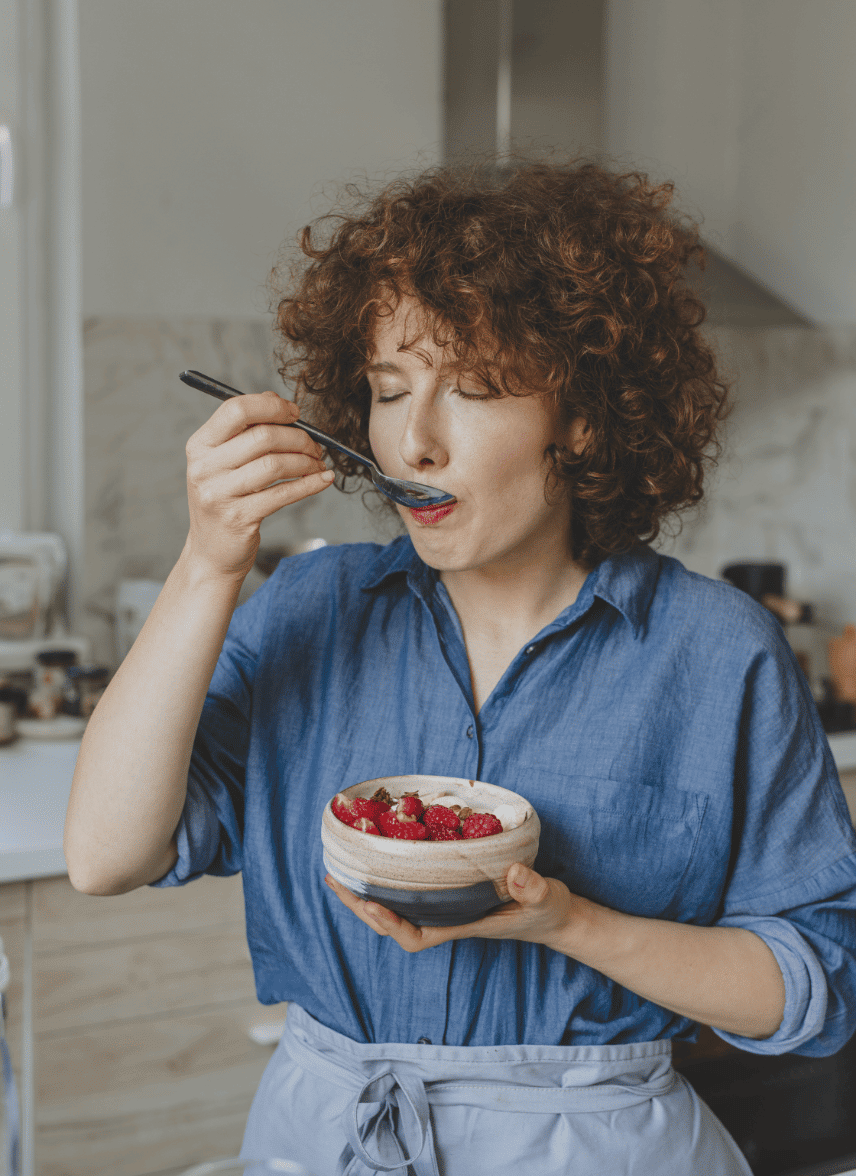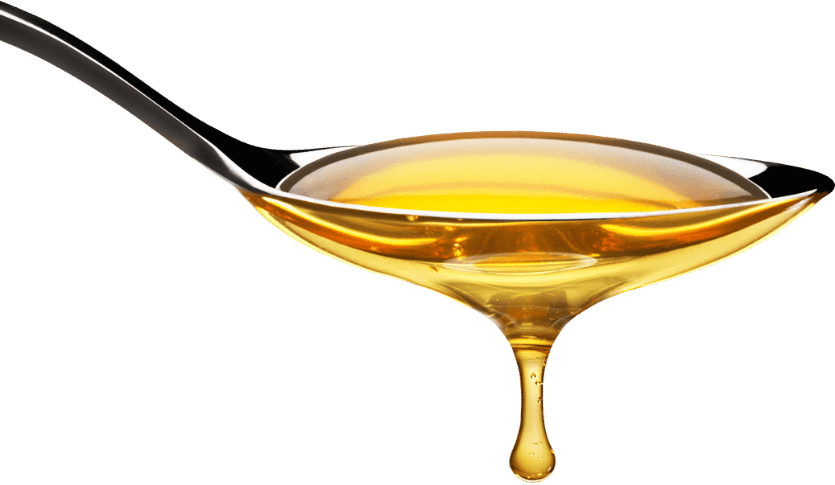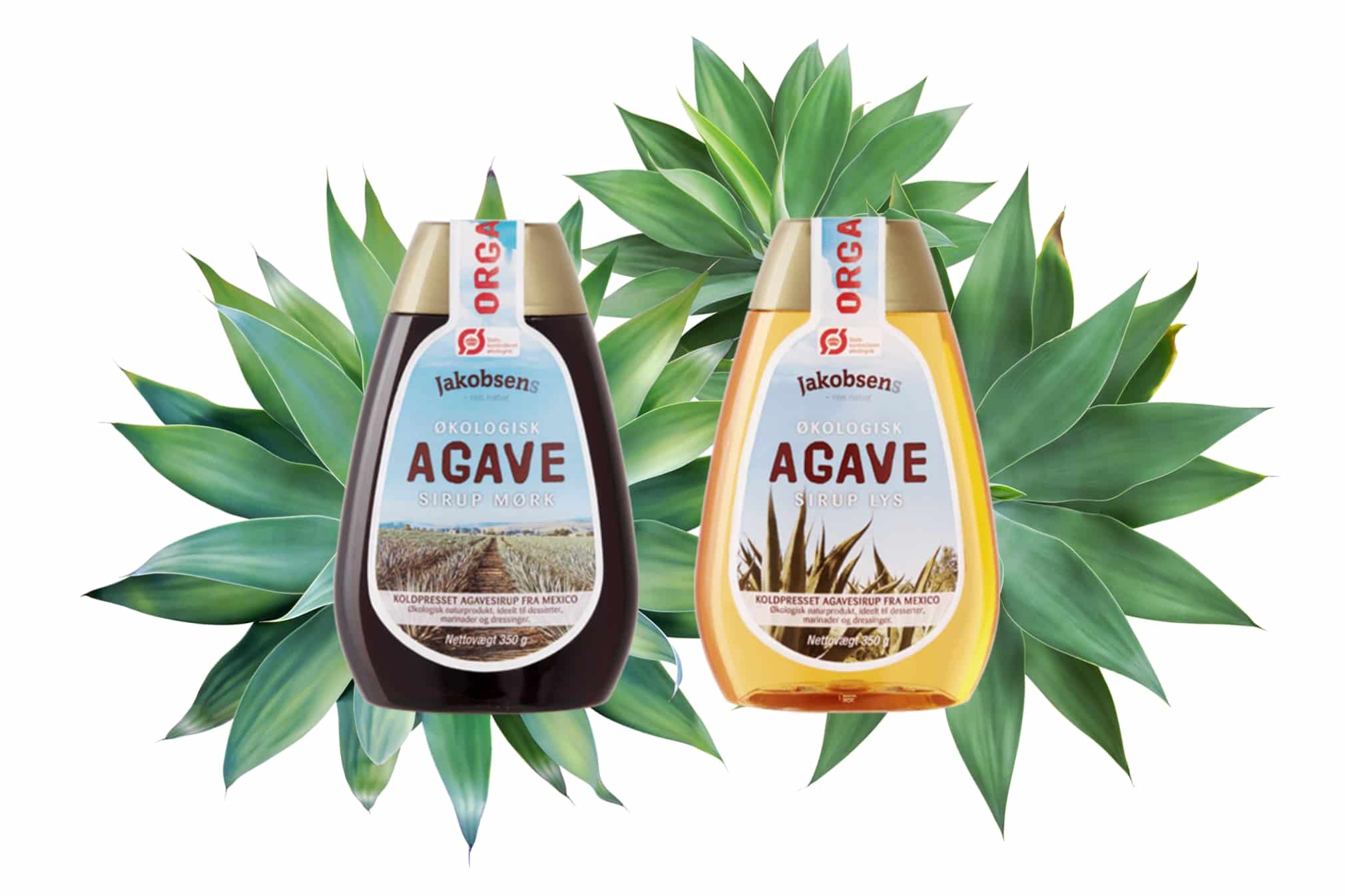
A NATURAL PRODUCT
Flavours that only nature can conjure
Honey is always a natural product - otherwise we wouldn't call it honey at all.
Bees make honey by collecting nectar from flowers. The bees then store the nectar in the hive, where it matures into delicious honey.
HONEY TYPE
Behind the raw material
The colour and taste of honey varies depending on which flower nectar the honey comes from.
There are many thousands of honeys, which come from a variety of nectars such as lavender, acacia, eucalyptus, heather and orange blossom.
The consistency of honey is naturally liquid, but after a while it will start to crystallise and take on a more solid consistency. The ratio of the different sugars in the honey determines how quickly the honey solidifies.
The colour of honey can vary from almost white to black depending on which flowers the bees have collected nectar from. Light-coloured honeys are often mild, while dark-coloured honeys typically have a more powerful flavour.
Click on the honey types in the overview for more information.

What nature brings
Naturally organic
At Jakobsens we have a wide range of organic products - everything from sweet acacia honey to our tasty porridge mixes.
Jakobsens is approved for organic production of honey by the Danish Food Administration according to the rules of the EU Organic Regulation.
When producing organic honey, it is important that beekeepers comply with the rules on location, feeding, disease prevention and the condition of the hives.
Bees move in a radius of up to 3 km from the apiary. For the same reason, the organic honey regulation requires that apiaries producing organic honey be located so that nectar and pollen sources within a 3 km radius consist of organic crops and/or wild vegetation. The rules for organic honey are set out in the EU Organic Regulation.
See our certificates here
The morning meal
The good start to the morning
It all started with the flower and bien...
Since 1921, we have put our heart and soul into producing the highest quality honey that gives you the most delicious taste experience - straight from nature. We've been a staple on the breakfast table for generations, but now we're on a mission to "pollinate" your morning meal even more, so we can continue to help you get a natural, great start to your day.
That's why we have developed a breakfast range based on nature's larder, made exclusively from organic and 100% natural ingredients, free from artificial additives, preservatives and colourings.
We do this because we believe that natural ingredients from Mother Nature taste better and are a natural, good way to treat the planet. To us, that's pure nature.
Read moreHONEY & COOKING
A versatile ingredient
Honey tastes great on bread and in tea. Most people are aware of this, but few know that honey is also ideal to use in many recipes instead of sugar in baking, pickling and cooking. Honey can also be used as a flavour enhancer and a spice, which can be used in both sweet and savoury cuisine - and to amazing effect. Ideally, honey should be kept next to salt, pepper and vinegar - close at hand in the kitchen.
ECOLOGY & SYRUP
Organic agave syrup
Jakobsen's organic agave syrup originates from Mexico and is available in a light and a dark version. Colour differences in agave syrup are due to the type of agave used and the degree to which the syrup is filtered. The dark agave syrup has a delicious and caramelised flavour, whereas the light agave syrup is sweeter and milder in taste. Add sweetness to everyday life with the delicate, organic agave syrup from Jakobsens. It's a delicious alternative to regular sugar. It dissolves easily and does not crystallise.
DID YOU KNOW?
Frequently asked questions
Why has the honey become so solid that it is not spreadable?
Jakobsens honey is a 100% natural product. Honey can vary in taste and consistency from tap to tap - depending on the vegetation the bees have drawn on. Likewise, there can be large variations from year to year. Therefore, the consistency of honey can vary from liquid to very solid. Storage temperature can also have a major impact on honey consistency. Cold makes the honey firm and warm makes the honey soft. Jakobsens recommends storing honey at 18 - 22°C. A firm honey in a plastic cup can be massaged soft by gently pressing the cup for about 1 minute. The friction heat alone can soften solid honey.
Why should honey not be given to children under 1 year?
All Jakobsen honeys carry a warning label stating that honey should not be given to children under 1 year of age. The reason for the warning label is that the honey may naturally contain bacterial spores, which in a few cases have been shown to be dangerous for infants as their immune systems are not fully developed. Honey is completely safe for children and adults.
The Danish Food Administration has decided that the warning label must be placed on all honey sold in Denmark. In other EU countries, labelling is voluntary or is done through information campaigns.
Why has the solid honey changed appearance - is it bad?
If honey is exposed to high heat over a long period, it will start to melt and a layer of liquid honey or a white layer of "foam" may form on top. There is nothing wrong with the honey from a food safety point of view. The honey can be stirred and will then regain its normal appearance.
There are white dots/crystals at the bottom of the liquid honey - is it bad?
As a natural process, liquid honey can crystallise over time. The white specks are naturally occurring crystals that disappear if the honey is placed in a hot water bath. From a food safety point of view, there is nothing wrong with the honey even if it has started to crystallise.
How long can honey keep?
Jakobsens guarantees up to 18-24 months shelf life from the date of production depending on the individual product. The shelf life is not affected by the packaging having been opened. You can see the shelf life of your honey on the "best before" date.
Is it true that nothing is added to honey?
Yes. Honey is a 100% natural product. No food ingredients, including additives or water, may be added. Furthermore, the natural composition of honey must not be altered, for example by removing natural ingredients. The rules are laid down in the Danish Honey Ordinance and in the European Honey Directive.
Is honey heated?
When Jakobsens receives Danish and foreign honey, the honey is usually very hard or partially crystallized. This means that the honey needs to be heated up so that we can remove the natural impurities, such as bees and beeswax, that are present in the honey. In addition, the honey is heated to melt the sugar crystals that naturally form in honey. The melting is to help filter and process the honey, turning it into, for example, a nice creamy honey that is ready to spread on bread.
Jakobsens makes sure that the heat treatment is as gentle as possible, so that the natural properties of the honey are preserved.
types of products
Tasty honey from Jakobsens
Did you know that we have a wide selection of both solid, liquid and organic honeys? The colour and taste of honey varies depending on which flower nectar the honey comes from. There are many thousands of different types of honey, which come from different nectars for example lavender, acacia, heather and orange blossom.
The consistency of honey is naturally fluid, but after a while it will start to crystallise and take on a solid consistency. The ratio of sugars in the honey determines how quickly the honey solidifies.




